If you’ve ever three-putted from inside 20 feet, you know the frustration. No matter how far you can drive the ball or how crisply you hit your irons, if your putting isn’t dialled in, you’re leaving strokes on the green — and possibly missing out on your best rounds. The good news? Putting is the one area in golf where you don’t need strength or speed to be exceptional. You just need the right approach, a solid routine, and consistent practice.
Understanding the Art (and Science) of Putting
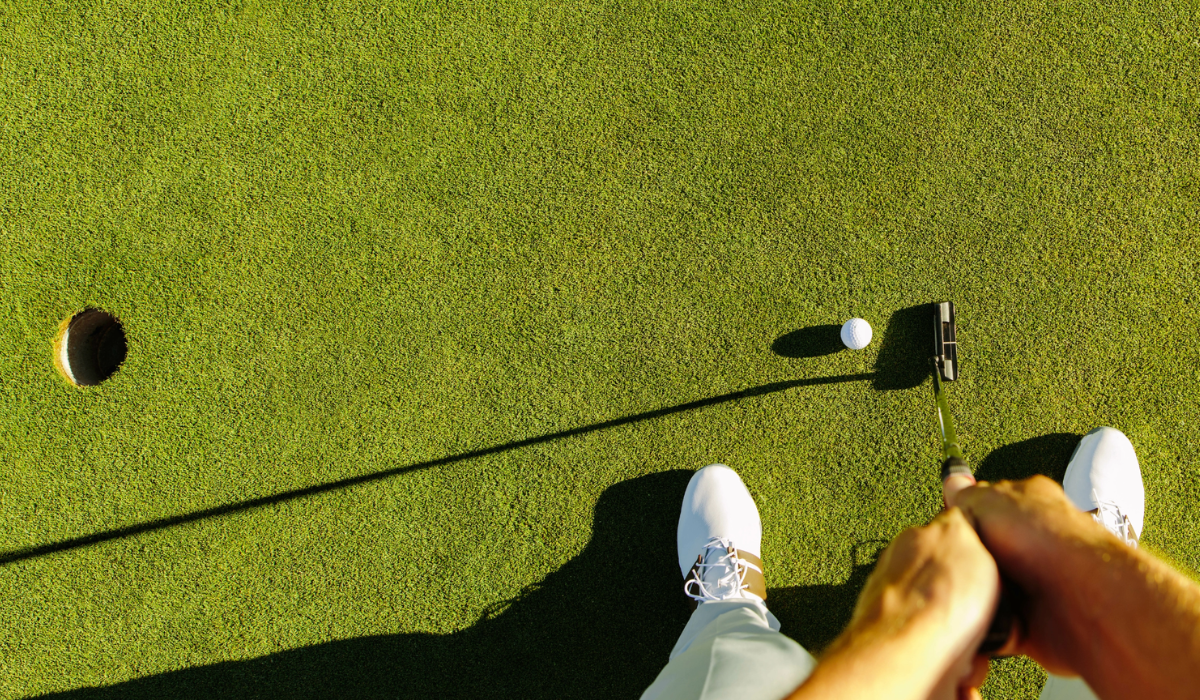
Putting might look simple — just tap the ball toward the hole — but beneath the surface lies a complex blend of physics, perception, and mental discipline. According to data from the PGA Tour, around 40% of all shots in a round are putts. That means putting can either be your secret weapon or your biggest liability.
Improving your putting starts with recognising that there’s no one-size-fits-all method. Great putters like Tiger Woods, Brad Faxon, and Ben Crenshaw all have different techniques. But what they share is the ability to read greens, control distance, and trust their stroke.
Green Reading: The Foundation of Every Putt
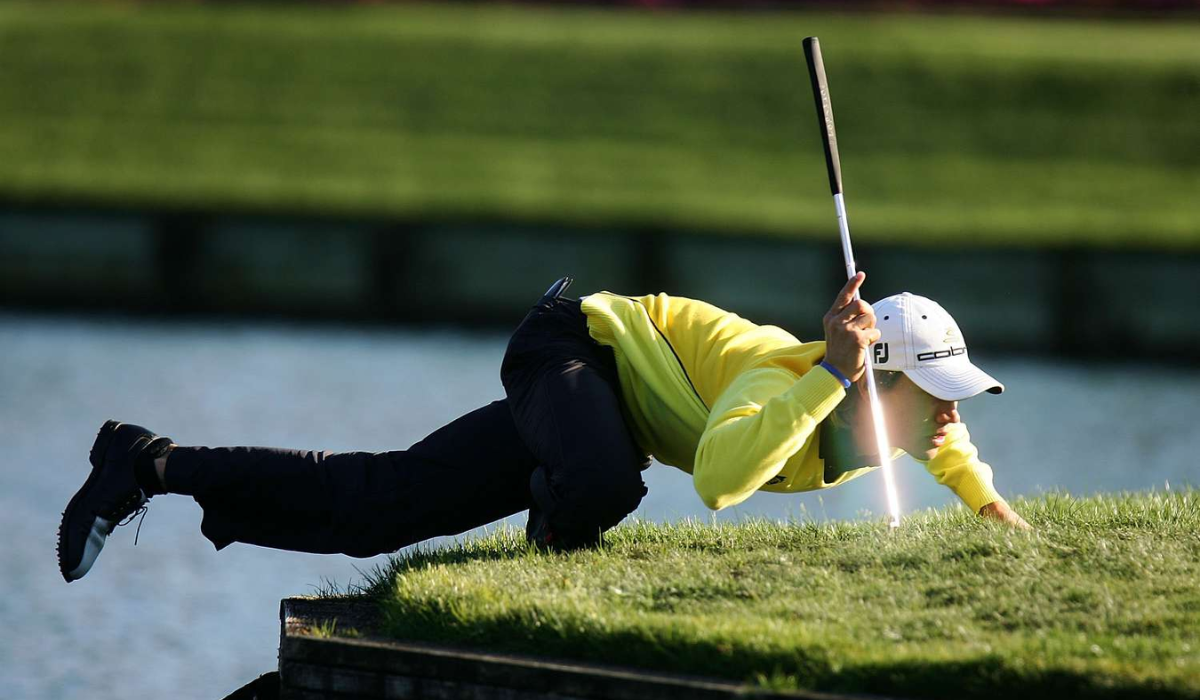

Before you even grip the putter, your brain needs to become a green-reading machine. Many amateurs focus too much on the mechanics and not enough on understanding the slope and grain of the green. Start by walking around your putt, observing from behind the ball and the hole. Notice how your feet feel on the green — subtle shifts in elevation can be felt as much as seen.
Professional players often rely on AimPoint, a green-reading method based on physics and feel. It teaches players to assess slope using their feet and assign a number to the degree of break. While you may not need to dive that deep, even learning the basics of green topography and trusting your instincts can lead to more confident strokes.
Speed Over Line


A common amateur mistake is obsessing over the line while ignoring pace. But as putting guru Dave Pelz has shown through years of research, speed is actually more important. A putt hit at perfect speed has a wider margin for error and a better chance of dropping. In contrast, even a perfectly read line won’t matter if the ball is moving too fast or too slow.
Practice drills that focus on controlling speed rather than sinking putts. Try the “ladder drill”: place tees at increasing distances (3, 6, 9, 12 feet) and try to stop the ball just beyond each marker. This builds feel and teaches you to calibrate distance control, especially on unfamiliar greens.
The Stroke: Simplicity Wins
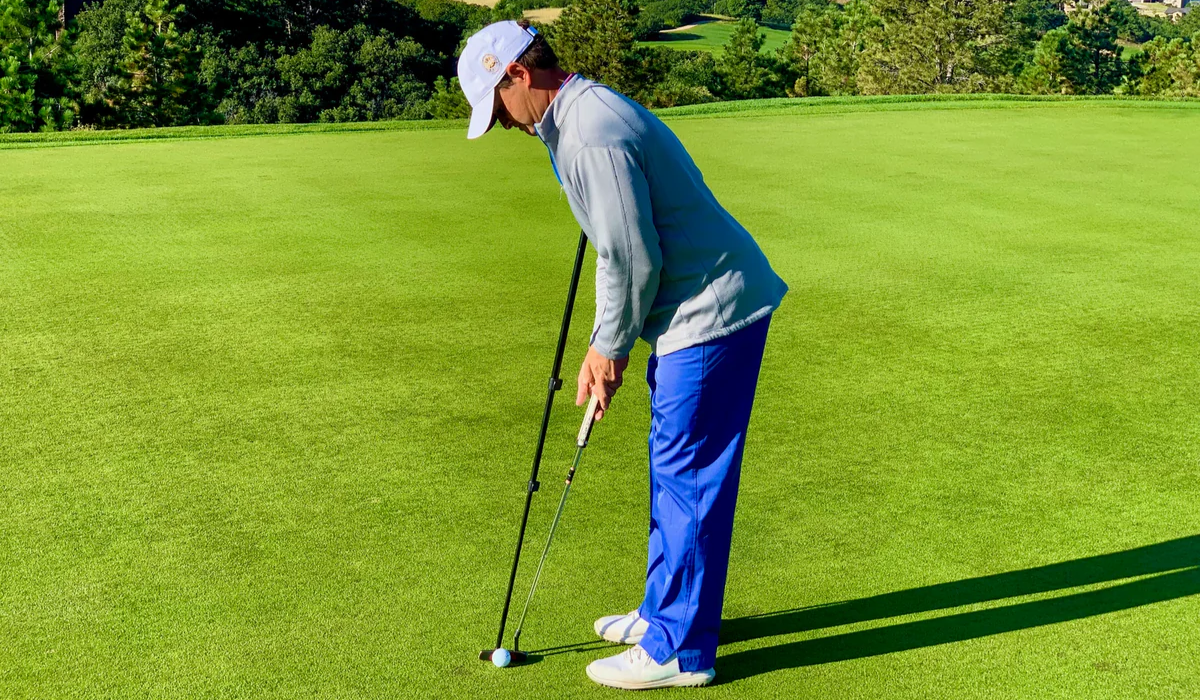

Your putting stroke doesn’t need to be mechanically perfect; it needs to be repeatable. Most coaches agree on a few essentials: keep your head still, your lower body quiet, and let your shoulders do the work. The stroke should feel like a pendulum, moving the putter back and through in one smooth motion.
Grip pressure is another overlooked aspect. If you squeeze too tightly, your hands and arms tense up, reducing feel. A lighter grip encourages better tempo and allows the putter head to swing naturally. Imagine holding a tube of toothpaste without squeezing any out — firm, but relaxed.
Develop a Routine You Trust
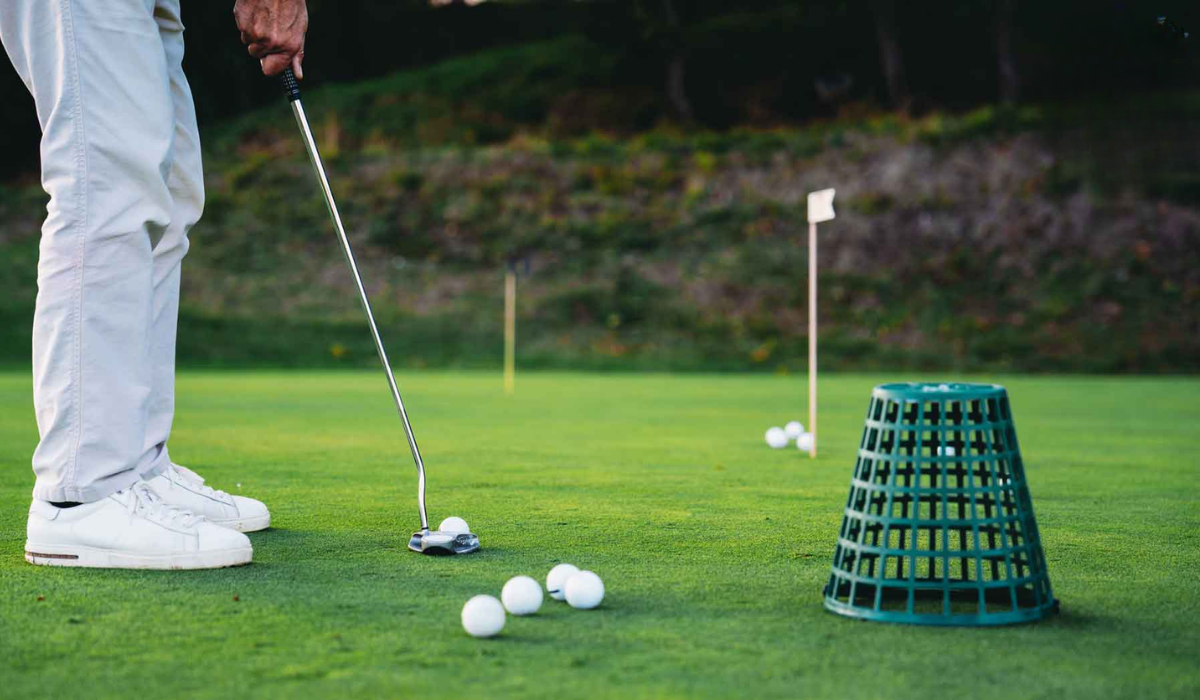

Top players rarely approach a putt without going through a set routine. It centers the mind, keeps nerves at bay, and creates consistency. A good routine might include lining up your putt from behind the ball, taking a practice stroke while visualising the line, then stepping up and pulling the trigger without hesitation.
Consistency in your routine creates consistency in results. It also helps reduce “paralysis by analysis” — that tendency to second-guess or overthink under pressure.
Train Like You Play
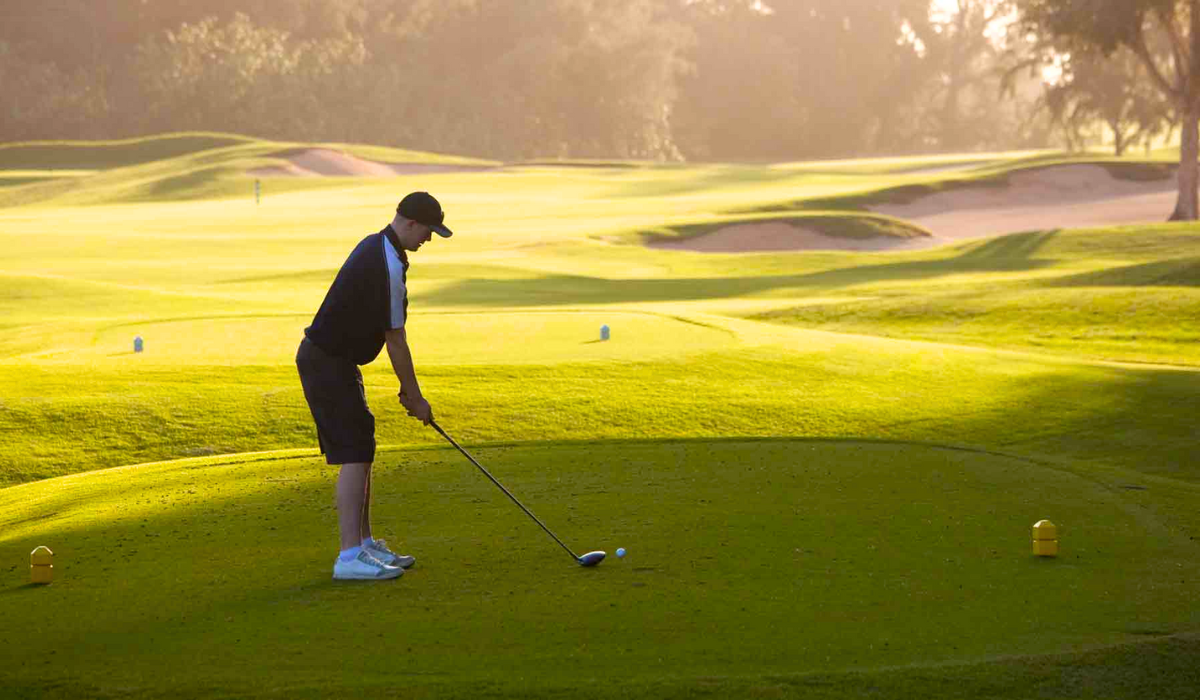

Practising putting for hours won’t help much if you’re not practising the right way. Instead of mindlessly hitting putts from the same spot, simulate pressure situations. Try “must-make” games where you can’t leave the green until you make a series of putts in a row. Set goals that involve making a certain number of putts before leaving the practice area. This mirrors the stakes you’ll feel on the course.
Mix up your practice locations too — hit short putts, long lag putts, uphill, downhill, and sidehill. Golf is rarely perfect or flat, so your practice shouldn’t be either.
Use Technology, But Don’t Overdo It
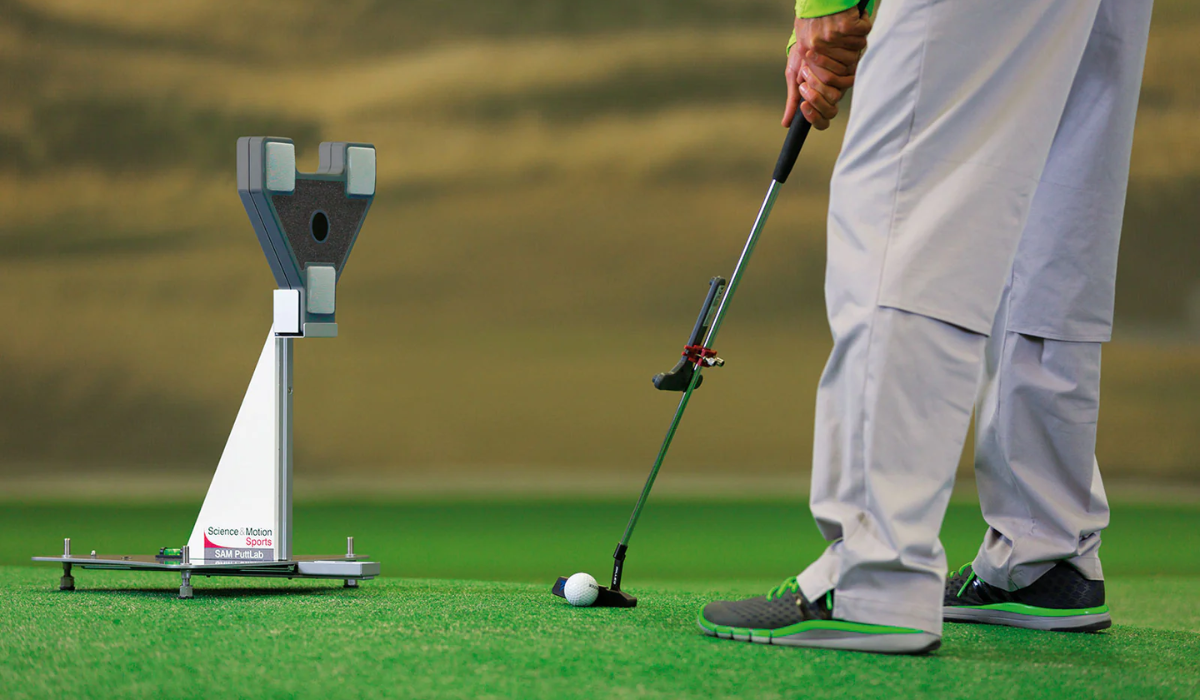

Modern golfers have access to incredible tools — from putting mats with alignment guides to launch monitors like SAM PuttLab that analyse stroke mechanics. These can be useful, especially for identifying stroke tendencies or alignment issues. Even basic apps like Blast Motion can help track tempo and path.
That said, becoming overly reliant on gadgets can distract from feel, rhythm, and intuition — key elements of great putting. Use tech to assess, not obsess.
The Mental Game: Belief is Everything


More than any other shot in golf, putting is mental. It’s the final act, often the most decisive — and sometimes the most nerve-wracking. Confidence can be the difference between draining a 10-footer and pushing it wide.
Tiger Woods famously said that he expected every putt to drop. While that might sound extreme, having belief in your stroke and committing fully to each putt is a powerful mindset. Don’t hope the ball will go in — believe it will.
It’s Not About Perfection


No one makes every putt, not even the best in the world. In fact, PGA Tour pros make just 50% of their putts from 8 feet. Putting is a game of averages, consistency, and incremental gains. The goal isn’t to make every putt — it’s to eliminate careless misses, dial in your pace, and become deadly inside 6 feet.
Treat putting as a skill to be mastered, not feared. Make it a point of pride in your game, and you’ll be shocked how many strokes you shave off your card — and how much more fun golf becomes when the hole seems to pull the ball in.
The 5 Best Putting Training Aids
Putting tips from the best players in the world


